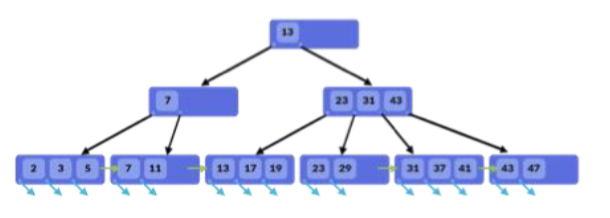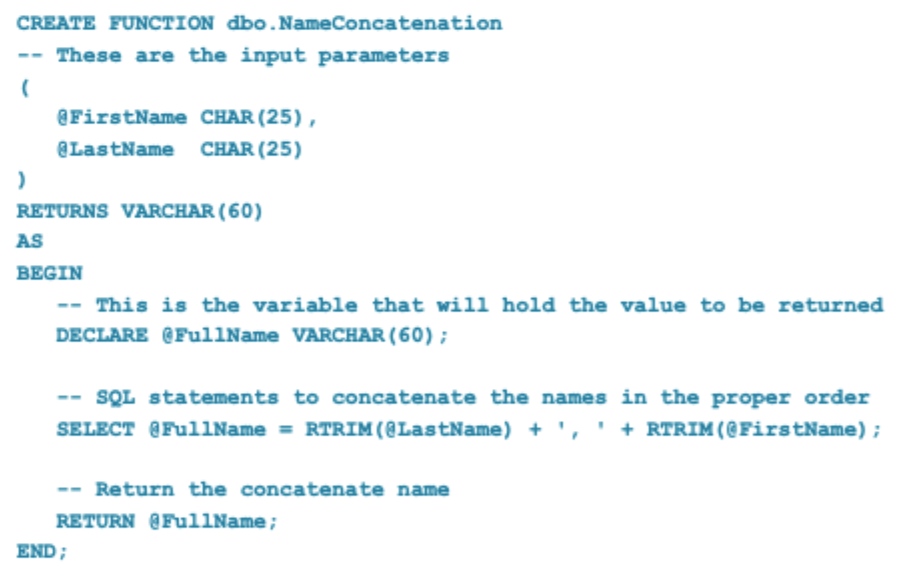dbm exam 3 - database construction
1/13
There's no tags or description
Looks like no tags are added yet.
Name | Mastery | Learn | Test | Matching | Spaced |
|---|
No study sessions yet.
14 Terms
How are indices created in MySQL?
They’re automatically made on foreign keys, primary keys, and UNIQUE constraints.
types of indices in MySQL server
B-tree
hash
R-tree

b-tree indexing
What is an SQL view? What purposes do views serve?
A virtual table made from other tables. They allow simplified looks into complex databases.
CREATE VIEW EmployeePhoneView AS
SELECT
EMPLOYEE.LastName AS EmployeeLastName
EMPLOYEE.FirstName AS EmployeeFirstName
EMPLOYEE.OfficePhone AS EmployeePhone
FROM EMPLOYEE;
Consider that you have run the above statement to create the view. Now, to test the view, write an appropriate SQL SELECT statement.
SELECT * FROM EmployeePhoneView;
user-defined function
stored set of SQL statements that is called by name from another SQL statement

What is this code doing?
creating a user-defined function to concatenate FirstName and LastName
trigger
stored program that is executed by the DBMS whenever a specified event occurs
trigger types
BEFORE
INSTEAD OF
AFTER
SQL triggers are used with what language keywords?
DML (INSERT, UPDATE, DELETE)
stored procedure
program stored within the database and is compiled when used
A _ is assigned to a table or view and does not take parameters.
trigger
A _ is called by a user or DBA. It is assigned to a database, not a table or view.
stored procedure
A _ cannot invoke a trigger, accepts parameters, and gives a return value(s).
user-defined functions